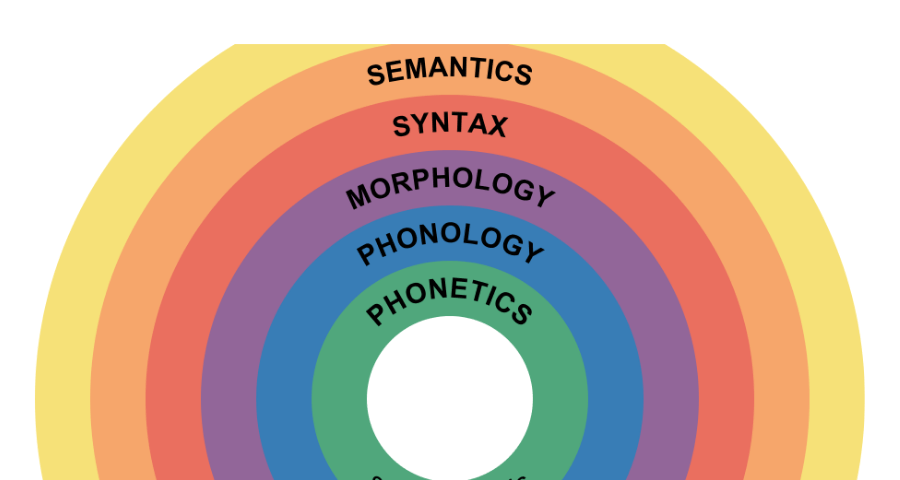English Language Semantics in Speaking Classes
With very young learners we start talking about everyday things (pencils, pens, books, houses, namely common nouns) and take for granted that everyone knows automatically what we are talking about. To ensure this, we ask the little ones to match the word with a picture or make their own drawing. Words get more complicated as we move on to more advanced levels or with older students shifting from common to abstract nouns. However, depending on the level, there is a general agreement on their denotation one can find in the dictionary entries.
What teachers do not always consider is the connotative meaning in words. These aspects of meaning that are not found in dictionary entries because they vary depending on interlocutor’s age, culture, or personal experience and are closely linked to their feelings and emotions related to the word.
The conceptual meaning of words
Therefore, although the conceptual meaning of words is of paramount importance to achieve mutual communication, it is their associative meanings which result from people’s emotions and experiences that can cause misunderstandings or even hot debates. It is actually what turns a language from a mere means of communication, a convention, to a living thing.
Though not always easy, teachers should take these variations of meaning into account when we set a topic for discussion in our speaking class. A couple of days ago while talking with my 12-year-old students about animals and pets, it turned out that my class disagreed regarding the idea of having a pet dog.
Experiential/Hands-on Learning in TEFL
Associative meanings can trigger far deeper discussions
Half of them, contrary to the prevailing perception about dogs being man’s best friends, viewed them as fierce, wild creatures based on a variety of factors (e.g., experiencing a personal unpleasant encounter of a dog chasing them while they rode their bikes). Although dog-lovers presented strong arguments defending dogs, this disagreement, on this occasion, did not cause any hot debate. However, associative meanings can trigger far deeper discussions.
there was one young man who was brave enough to claim that “empathy is a narcissist’s candy”
Talking with my C2-adult class about empathy, while everyone agreed that it should be at the core of human relationships with education promoting empathy from its very early stages and so forth, there was one young man who was brave enough to claim that “empathy is a narcissist’s candy” presenting his devastating experience of the toxic relationship with his ex- girlfriend. Such aphorism, although it originally generated very negative reactions, initiated a very in-depth discussion about human relationships and the importance of reciprocal attitudes.
How to Make Conversation Classes More Meaningful
Equally important, connotative meaning can be closely related to cultural issues.
During my CELTA course practicum, some international adult students were asked to read an article about the first group of women who fought for their rights. Needless to say, the text was all about praising these women for their efforts. Then, in the post-reading stage, the same students were asked to imagine that they were writing a letter to these women in regards to the great impact their struggles have had on the role of women in society since then. To our surprise, an Egyptian student did not hesitate to accuse them fof having made his life miserable because his wife does not show any respect to him, claiming her rights!
English language semantics with younger learners
The younger the students, the more possible it is for them to share the same connotations (although not necessarily true). However, as we grow up, we inevitably “paint” our words with our own color palette. Our young/teenage students gradually develop associative meanings of words not only from their personal experiences but also from their family, social background and environment.
Brown & Attardo (2005) present a very characteristic example referring to what we might mean when we address someone as a resistance fighter versus terrorist (p.64)
Teaching English to Young Learners – Some Tips
With adult learners
Adult students are less likely to use the fixed ideas found in their books but they are often eager to contribute to any discussion bringing in their own experiences. Apparently, they will be more motivated to participate in any discussion when they feel free to express themselves, although, with this particular age group, it is more possible for some sensitive social issues to emerge and there is always the risk of coming across some extreme views deriving from their affective connotations.
Brown & Attardo (2005) present a very characteristic example referring to what we might mean when we address someone as a resistance fighter versus terrorist (p.64). In such cases, it might be useful to make sure that the interlocutors ascribe the same meaning to a particular word. Either way, these discussions can provide meaningful insights into topics that might otherwise be taken for granted.
Teaching Adult ESL – Some Tips
Last but not least, we should keep in mind that teaching in international educational settings and using English as an international language (EIL) or lingua franca (ELF) means that we encounter speakers who might associate words with a meaning which lies far beyond the official dictionary entry and strongly relates to their cultural background. Therefore, in recent years, with the increased use of ELF we have interlocutors who bring personal stories and their national history.
Semantics goes far beyond connecting a word to its meaning, a physical object to its signified and signifier. Despite the difficulties, connotation and the associative meaning of words are what makes any verbal interaction meaningful and related to the speakers. Therefore, teachers should take advantage of their students’ associations with words in order to enrich speaking classes with personal contributions.
References
Brown, S., Attardo, S. (2005). Understanding language structure, interaction, and variation: An introduction to applied linguistics and sociolinguistics for nonspecialists. Second edition. Youngstown State University. The University of Michigan Press. English Language Semantics in Speaking Classes






